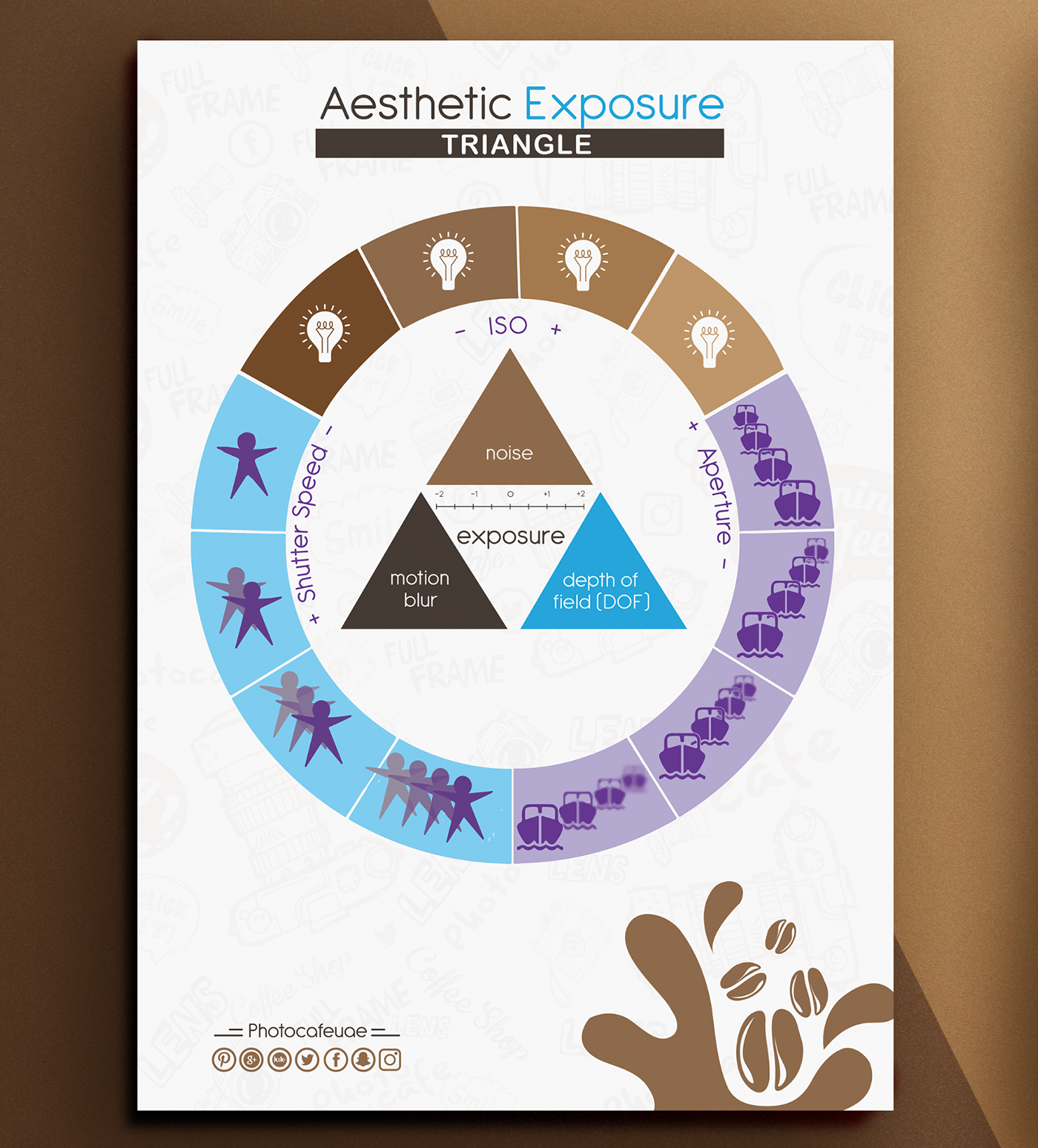Transform Your Digital Photography By Grasping Lighting Methods That Can Raise Your Images-- Discover The Common Challenges That Could Be Holding You Back
Transform Your Digital Photography By Grasping Lighting Methods That Can Raise Your Images-- Discover The Common Challenges That Could Be Holding You Back
Blog Article
Web Content Writer-Boone Covington
As a professional photographer, you understand that lighting can make or damage your pictures. Understanding the subtleties of both all-natural and synthetic light is necessary for recording the state of mind and quality you go for in your job. Whether you're chasing after the ideal gold hour radiance or tweak your fabricated configurations, understanding these elements can elevate your digital photography dramatically. But there prevail challenges that numerous forget, and identifying them can change your technique to every shoot. Let's discover what you might be missing out on and how it can affect your outcomes.
Recognizing Natural Light
Understanding natural light is essential for any type of professional photographer aiming to enhance their job. It's the foundation of fantastic photography, affecting mood, tone, and clarity. When you fire outdoors, take notice of the moment of day. The golden hour-- soon after sunrise and before sunset-- uses soft, warm light that can transform common scenes into magnificent photos.
Do not underestimate the power of cloudy days. Cloud cover diffuses sunshine, producing a soft, also light that's excellent for pictures and macro photography. You'll locate shades appear this type of lighting without rough darkness.
Placing issues, as well. Constantly consider your topic's positioning to the light. If the sun's behind your subject, you might wind up with a silhouette, which can be remarkable but mightn't be what you want. Conversely, Executive headshot photographer can develop unflattering shadows.
Experiment with angles; often, changing your viewpoint can generate outstanding results. Use Visa photos -natural reflectors, like water or sand, to bounce light onto your topic, including measurement.
Learning Artificial Light
Mastering artificial light is necessary for photographers who wish to take their abilities to the following degree. Whether Click To See More making use of speedlights, workshop strobes, or continual lights, understanding exactly how to manipulate these resources can dramatically improve your images.
Beginning by acquainting on your own with the fundamentals of light quality, direction, and shade temperature. Try out various modifiers like softboxes, umbrellas, or grids to manage the soft qualities or harshness of the light.
You'll find that soft light typically creates lovely outcomes, while harsher light can add dramatization and depth. Do not shy away from darkness; they can boost the three-dimensionality of your topics.
Pay attention to the positioning of your lights. A light located also near to your topic can create uncomplimentary results, while too away can lead to an absence of detail. Utilize a light meter or your camera's pie chart to guarantee you're revealing correctly.
Lastly, bear in mind that synthetic light can be blended with ambient light for imaginative impacts. Stabilizing these resources may take technique, but once you understand it, your digital photography will genuinely shine.
Techniques for Different Circumstances
When you step into different capturing situations, adjusting your lights methods is important for capturing the best images. For outdoor portraits, make use of the gold hour-- morning or late afternoon light-- to soften shadows and improve skin tones.
If it's an extreme midday sun, consider making use of a reflector to jump light back onto your subject or look for shaded locations for an extra even exposure.
In low-light circumstances, like interior occasions, raise your ISO and utilize a large aperture to let in even more light. A tripod can help get rid of camera shake, permitting longer exposures without obscuring.
If you're contending evening, trying out off-camera flash to create dynamic lights and deepness in your pictures.
For product photography, use diffused illumination to stay clear of extreme representations. Softboxes or light outdoors tents can assist accomplish this result.
When photographing landscapes, think about the direction of light and time of day, as it can drastically transform the state of mind of your shot.
Constantly prepare to adjust your settings and placing based on the scenario, as versatility is essential to mastering lights in photography.
Final thought
To conclude, grasping lights is key to elevating your digital photography skills. Embrace natural light's elegance throughout golden hour, and do not avoid explore artificial light techniques. By adapting your approach to different scenarios, you'll record spectacular pictures that resonate with feeling and clarity. Remember, the appropriate lights can change a regular shot into something extraordinary, so maintain exercising and refining your understanding of both all-natural and fabricated light. Pleased capturing!
